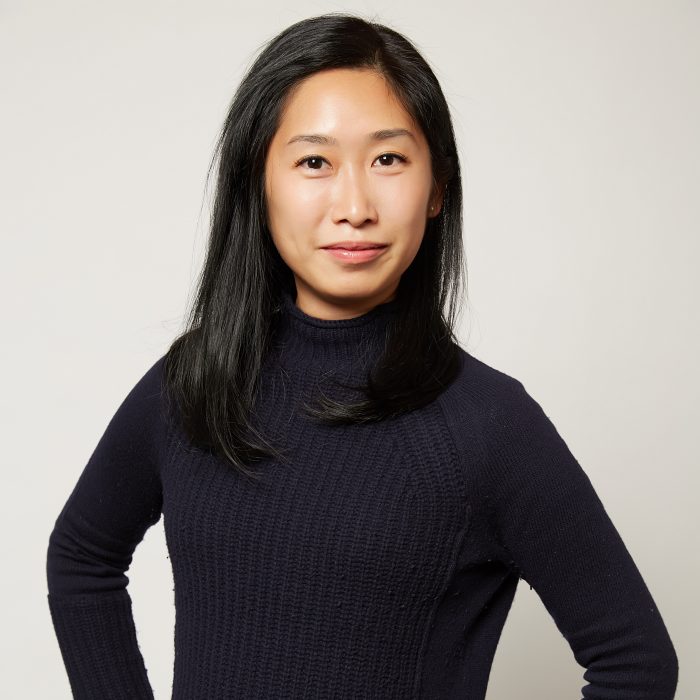After discovering the 2nd part of our expert’s interview on consumer habits changing, Here is the 3rd part (out of 4) of the interview of our Beauty Ifop Asia expert, on the evolution of Physical Retail Environment on beauty companies. The following findings are based on Ifop’s research experience in beauty category and social listening on various online channels (e.g. social media, shopping sites, etc.), and they are mainly reflective about Chinese women in higher tier city.
How is the physical retail environment for beauty evolving? Particularly when looking at saturated Tier 1 and 2 cities compared to the lower tiers where consumption power is growing but physical retail has been underdeveloped?
- Despite the convenience of online shopping, there’d still a case to be made that brick-and-mortar stores will never be eclipsed because they offer an all-sensory experience that by definition a digital retailer cannot provide. physical stores still occupy an indispensable position. According to research data, over 50% of consumers think one of the reasons they like to go to offline stores is to swatch and try new products. In addition to test lipstick colors, about 50% of respondents will go to physical stores of their favorite brands to experience new products. Therefore, brands are taking effort to upgrade physical stores to inject brand vitality and attracts younger consumers by creating unique and immersive shopping experience.
- Consumers in Tier 1 and Tier 2 cities have more opportunities to experience novel and diversified offline retail environment, which emphasizes on fun and immersive experience with entertainment and high technology. Other than boutique stores, brands also launch pop-up exhibitions and pop-up stores in big cities to engage with more consumers. (E.g. Nars 25 Anniversary Exhibition, Charlotte Tilbury Pop-up store)
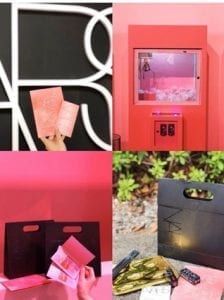
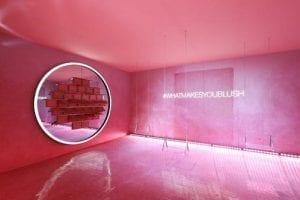
- Makeup collection store is another new form of offline store. It is like fast-fashion makeup store, focusing on mass or niche brands, including foreign and local trendy beauty brands. Traditional beauty advisors have been removed from the store. It mainly targets on young consumers who value shopping efficiency while pursuing cost-effectiveness. Such stores start opening in Tier 1 and Tier 2 cities, covering large population of young and trendy consumer.
- The Colorist, an emerging makeup collection store, opened the first store in October, and planned to open over 50 stores in one month, covering 20 top cities in China.
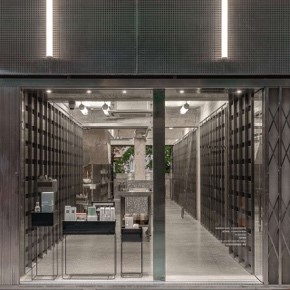
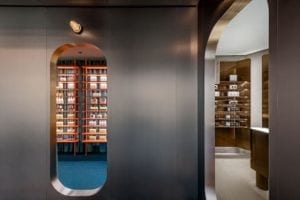
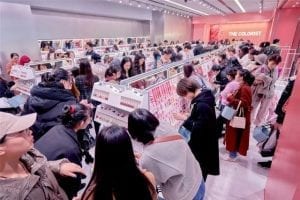
- ARMAY, is based on contemporary fashion and aesthetics, born as online cosmetics collection store, now adopts new retail strategy and set offline stores in Hongkong Shanghai Beijing and Chengdu. It conveys the concept of beauty and beautiful life. Covering first well-known international cosmetics and skin care brands products, global unique boutiques, and HARMAY’s own products, including skin care and lifestyle, minimalist in sensibility and industrial in aesthetic, all Harmay stores swap glamour for mystery, transforming the shopping experience from a browsing activity to a journey of discovery.
- Open physical retail stores in low-tier cities would be next stage for successful new local brands. After Internet breaks down the barriers to information transmission, residents in low tier cities can already access the same fashion and beauty information as urban residents on Weibo, Red, and Douyin. Compared with international brands, local brands are better able to seize the sinking offline market through the initial high-intensity online marketing and interaction as well as cost-effective advantages. Since Perfect Diary opened the first physical store in 2019, the number of offline stores has exceeded 40. In the next three years, 600 offline stores are planned to cover 100 cities, covering low-tier cities.
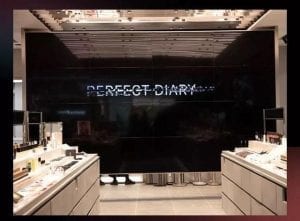
- Open physical retail stores in low-tier cities would be next stage for successful new local brands. After Internet breaks down the barriers to information transmission, residents in low tier cities can already access the same fashion and beauty information as urban residents on Weibo, Red, and Douyin. Compared with international brands, local brands are better able to seize the sinking offline market through the initial high-intensity online marketing and interaction as well as cost-effective advantages. Since Perfect Diary opened the first physical store in 2019, the number of offline stores has exceeded 40. In the next three years, 600 offline stores are planned to cover 100 cities, covering low-tier cities.
partager





